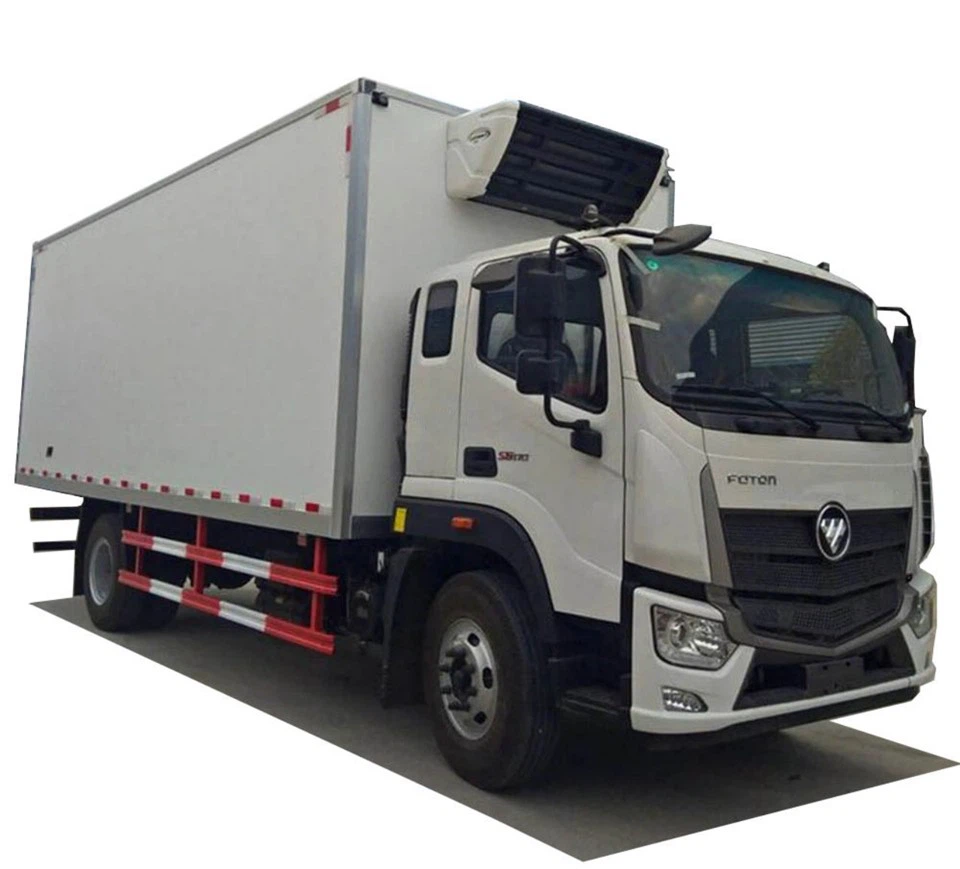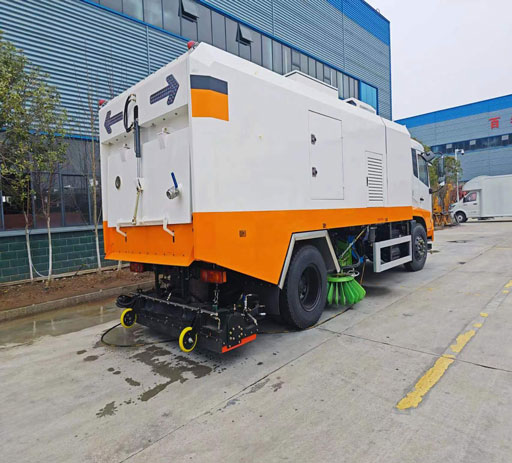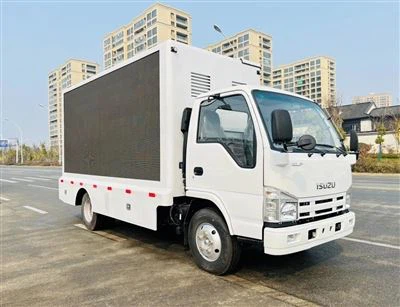How Tall is a Garbage Truck? A Comprehensive Guide

Garbage trucks are an essential part of urban infrastructure, responsible for keeping our cities clean and safe. But how tall is a garbage truck, and what factors influence its height? In this article, we will delve into everything you need to know about the height of garbage trucks, their various types, and practical implications of their dimensions. Whether you are a curious citizen, a student, or someone in the waste management industry, this guide will provide valuable insights.
Understanding Garbage Truck Dimensions
The height of a garbage truck is determined by several factors, including the type of truck, its make and model, and any additional equipment fitted onto it (like cranes or lifts). Generally, the average height of a standard garbage truck ranges between 10 to 14 feet.
Types of Garbage Trucks
To fully understand the variations in height, let’s explore the different types of garbage trucks.
1. Front-Load Garbage Trucks
Front-load trucks are commonly used in commercial waste collection. They have large front-loading containers and can typically reach a height of around 10.5 to 12 feet. This type of truck is equipped with hydraulic arms to lift bins from the front.
2. Rear-Load Garbage Trucks
Rear-load trucks often serve residential areas. Their design enables them to back up to waste bins and load refuse from the rear. These trucks usually stand at about 10 to 12 feet tall.
3. Side-Load Garbage Trucks
These trucks are designed to semi-automatically collect waste from the side. They can be a bit taller than the other types, with heights ranging from 11 to 14 feet, accommodating the side-mounted arms used for lifting bins.
4. Roll-Off Trucks
Used primarily for construction and large waste disposal, roll-off trucks have a flatbed and can carry containers. Their height can reach up to 13 feet, depending on the size of the container carried.
Factors Affecting Garbage Truck Height
Several factors influence the height of garbage trucks, including specific configurations and equipment. Here’s a detailed look at them.
1. Truck Make and Model
Various manufacturers produce garbage trucks with different specifications. Brands like Peterbilt, Mack, and Freightliner have distinct designs, leading to variations in height.
2. Type of Waste Collection System
The waste collection system can significantly influence truck height. Automated systems that use hydraulic arms often necessitate additional height to accommodate the equipment, while manual systems might keep the design lower.
3. Container Size
For roll-off trucks, the size of the containers being lifted can also affect overall truck height. Larger containers may lead to a higher profile when lifted.
Specifications of Common Garbage Truck Models
| Truck Model | Type | Height (Feet) |
|---|---|---|
| Peterbilt 520 | Front-Load | 12 |
| Mack LR | Rear-Load | 11.5 |
| Freightliner M2 | Side-Load | 13 |
| International WorkStar | Roll-Off | 12 |
Practical Examples of Garbage Truck Usage

Understanding the dimensions of garbage trucks is crucial for urban planning, waste management, and residential services. Practical examples include:
1. Urban Road Design
City planners often consider garbage truck dimensions when designing streets, ensuring that they can maneuver through tight spaces and residential areas without issue.
2. Parking Regulations
Height restrictions in parking garages and on streets must account for garbage truck dimensions to avoid damage and ensure safe operations.
3. Waste Collection Scheduling
City waste management departments schedule pickups based on truck sizes, optimizing routes while considering the ability of trucks to navigate specific streets.
Safety Considerations Involving Garbage Truck Heights
The height of garbage trucks also raises several safety considerations, including:

1. Overhead Clearance
When operating in urban environments, garbage trucks must be aware of bridges, overpasses, and power lines. Ensuring that the truck clears these obstacles is essential for safe operation.
2. Height of Collection Points
Collection points need to be designed to accommodate the height of garbage trucks. If collection bins are too low, it could lead to efficiency losses.
Current Trends in Garbage Truck Designs
The waste management industry is evolving, and new trends in garbage truck designs are emerging. Some notable trends include:
1. Electric Garbage Trucks
With an increasing focus on sustainability, electric garbage trucks are becoming more common. These trucks can often maintain similar heights but may have different design specifications for components like battery storage systems.
2. Automated Loading Systems
Advancements in automation are leading to taller trucks equipped with complex loading systems. This aspect not only affects height but also efficiency in waste collection.
Global Differences in Garbage Truck Specifications
Garbage truck heights can also vary significantly from country to country. Here are some comparisons:
1. United States vs. Europe
While garbage trucks in the United States are generally designed for larger volumes, European trucks tend to be more compact and lower in height due to narrower streets and smaller bins.
2. Asia-Pacific Region
In rapidly urbanizing regions in Asia, we see a rise in smaller, agile garbage trucks tailored for congested urban landscapes, leading to overall lower heights.
FAQs About Garbage Truck Heights
1. What is the average height of a garbage truck?
The average height of a garbage truck generally ranges from 10 to 14 feet, depending on the type of truck and its equipment.
2. Can garbage trucks fit under highway overpasses?
Most garbage trucks can fit under standard highway overpasses, typically designed to allow vehicles up to 14 feet tall; however, specific truck heights must always be considered.
3. Are there smaller garbage trucks available?
Yes, there are smaller garbage trucks designed for tight urban environments, which may stand lower in height for improved maneuverability.
4. Do garbage trucks have to comply with height regulations?
Yes, garbage trucks must comply with local vehicle height regulations which vary by region and affect access to certain routes or facilities.
5. How does the height of a garbage truck impact waste collection?
The height affects the truck’s ability to collect waste efficiently in various environments, including urban areas with low overhangs or residential streets with tall trees.
6. Are there any trends in garbage truck designs for the future?

Yes, the future may see more automated, electric, and environmentally friendly garbage trucks focusing on efficiency and maneuverability.
